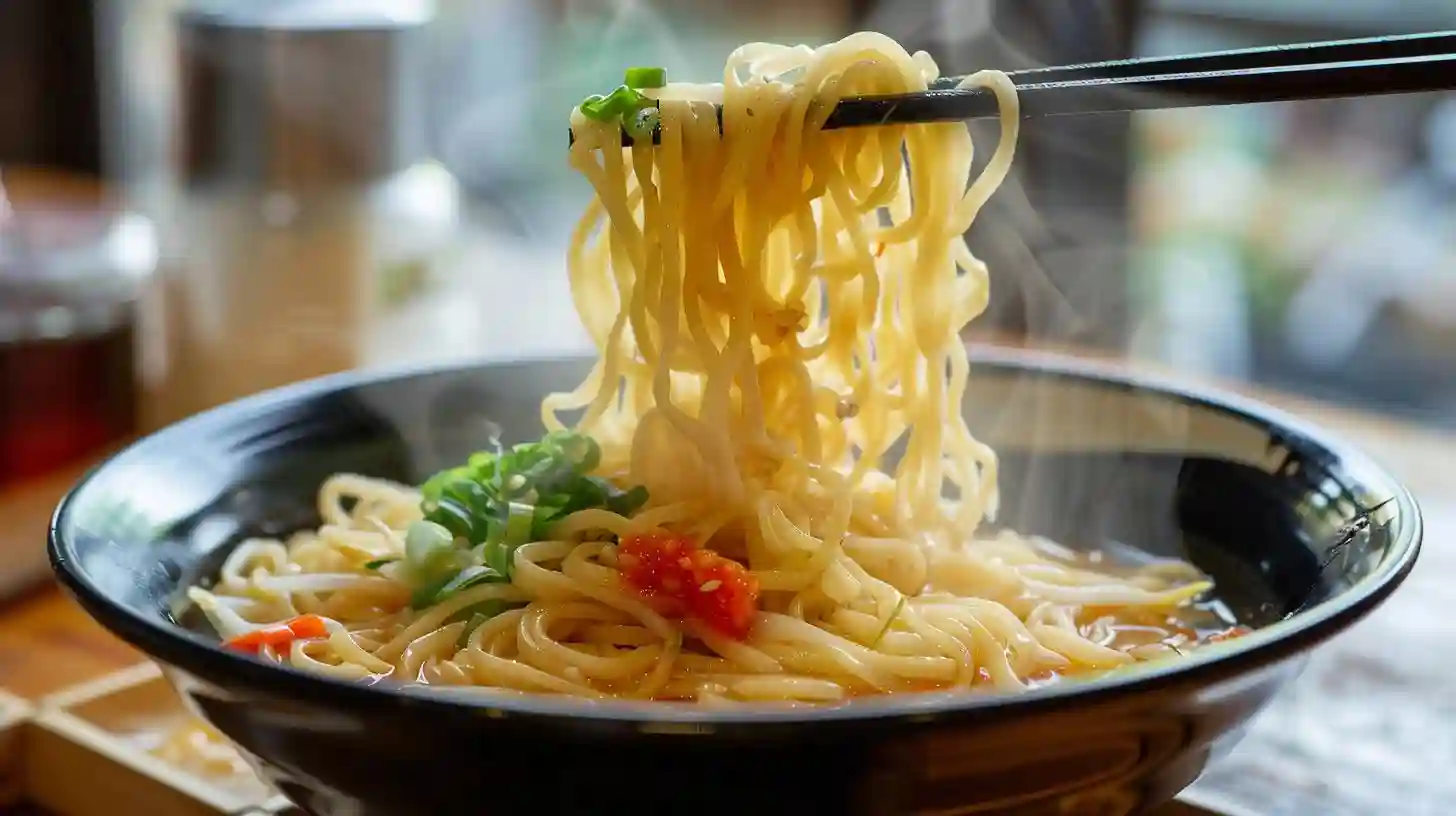
Гурманская лапша: Искусство и Наслаждение
Лапша, как продукт питания, иллюстрирует богатство гастрономической культуры многих народов. На протяжении веков она приобретала различные формы, текстуры и вкусы. Сегодня мы наблюдаем возрождение интереса к гурманской лапше, которая отличается не только высоким качеством ингредиентов, но и искусством приготовления. Это стало причиной появления множества кулинарных школ, ресторанов и кулинарных блогов, посвящённых этому искусству.
Гурманская лапша — это не просто еда, это целый ритуал. Для многих людей процесс приготовления лапши превращается в своеобразную медитацию. Каждая деталь имеет значение: от выбора муки до времени варки. Лапша может быть изготовлена из различных сортов муки, и каждое из них придаёт блюду уникальные особенности. Специальные виды пшеничной, рисовой или гречневой муки могут стать основой настоящих шедевров. Важным аспектом является также выбор яиц. В гурманской кухне используют только свежие, органические яйца, которые придают лапше глубокий цвет и насыщенный вкус.
Технология приготовления гурманской лапши также отличается от традиционных методов. Многие шеф-повара предпочитают использовать технику, которая передавалась из поколения в поколение. Например, некоторые виды лапши требуют длительного замешивания теста, что способствует развитию глютена и, следовательно, улучшает текстуру готового продукта. Вместе с тем, это требует времени и терпения, поэтому гурманская лапша часто становится символом любви и уважения к еде.
Разнообразие форм лапши, которое существует в мире, просто поражает. Существует множество региональных разновидностей, и каждая из них предлагает уникальные вкусовые сочетания. Итальянская тальятелле, японская рамен, китайская удон или корейская чапчхе — все они обладают своими особенностями и историями. Каждая форма лапши имеет свои традиции и способы подачи. Например, в Японии рамен прекрасно сочетается с мясными бульонами и разнообразными начинками, тогда как в Италии тальятелле обычно подают с соусом на основе томатов или крема.
Не менее важной частью гурманской лапши является ее сочетание с различными соусами и начинками. Соусы могут быть как простыми, так и сложными, состоящими из множества ингредиентов. Важным является умение сбалансировать все компоненты, чтобы добиться гармонии вкусов. Например, нежный соус на основе сливок и сыра может отлично гармонировать с лапшой, приготовленной из гречневой муки, создавая удивительное сочетание текстур и вкусов.
Кулинарные эксперименты с комбинацией продуктов также привели к возникновению новых рецептов и техник. Шеф-повара используют сезонные продукты и местные спецификации, чтобы создать уникальные блюда, которые могут удивить даже самых искушённых гурманов. Это не только придаёт новизну, но и позволяет удивить гостей. Например, использование диких грибов в сочетании с лапшой может создать блюдо, которое станет настоящей находкой для любителей лесных даров.
Популярность гурманской лапши во многом объясняется кулинарными тенденциями, которые наблюдаются в последние годы. Все больше людей стремятся делать осознанный выбор, отдавая предпочтение качественным, натуральным и экологически чистым продуктам. Это также связано с растущим интересом к здоровому образу жизни и правильному питанию. Гурманская лапша часто изготавливается из органических ингредиентов, что позволяет не только получать удовольствие от еды, но и заботиться о своём здоровье.
Уже несколько лет интенсивно развиваются кулинарные фестивали и мастер-классы, посвящённые лапше. Здесь профессиональные шеф-повара делятся своими секретами и знаниями, а любители кулинарии имеют возможность попробовать себя в роли повара. Это служит отличной платформой для обмена опытом и вдохновения. Участники не только учатся готовить, но и открывают для себя новые горизонты в мире вкусов. Они могут экспериментировать с различными гарнирами, соусами и специями, что делает процесс приготовления ещё более захватывающим.
Всё это превращает гурманскую лапшу в искусство, на которое вдохновляются многие люди. Приготовление лапши становится не только навыком, но и формой самовыражения. Гурманская лапша призвана радовать людей, она вызывает чувство счастья и удовольствие, соединяя вкусовые ощущения с визуальной эстетикой. Красиво поданная тарелка с лапшой может стать настоящим произведением искусства, вызывающим восхищение не только у дегустатора, но и у гостей.
Последние тенденции в мире гурманской лапши подчеркивают многообразие стилей и подходов. От классических рецептов до авангардных интерпретаций — каждый шеф-повар находит свой путь к сердцам гурманов. Это показывает, как разнообразен и интересен мир высокой кухни, и как лапша гармонично вписывается в эту картину.
Важно отметить, что гурманская лапша не ограничивается только изысканными ресторанами. Множество домашних кулинаров также вдохновляются и создают свои уникальные блюда. Используя доступные рецепты и советы, они могут внести инновации в традиционные рецепты, добавляя новые ингредиенты и сочетания. Это создает свою атмосферу, где каждый может стать шеф-поваром на своей кухне.
В заключение, гурманская лапша — это больше, чем просто еда. Это живое искусство, которое продолжает развиваться и вдохновлять. С каждым днем она становится все более популярной, открывая новые горизонты для кулинарных открытий и вдохновения. Неважно, будь то в ресторане или дома, гурманская лапша всегда будет оставаться символом кулинарного наслаждения, даря радость и удовольствие всем, кто решит попробовать это замечательное блюдо.